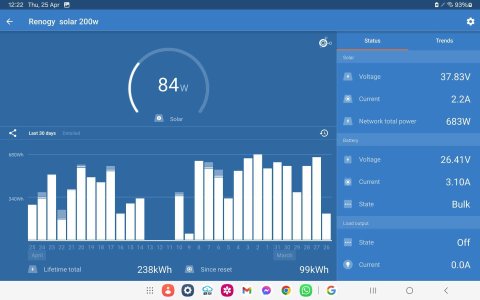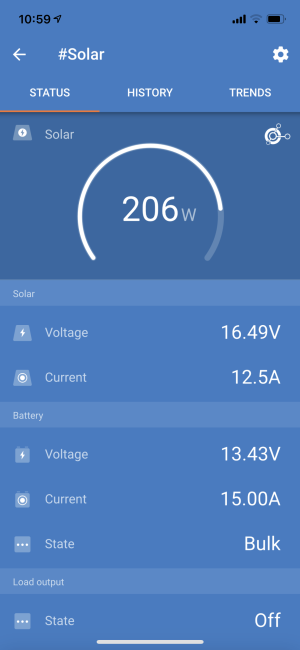lustyd
Well-Known Member
My ETFE ones are usually way too hot to touch and still output 104% rated output. Did you test them when new against the numbers on the back label? It's possible you have some damaged panels and didn't realise it.I will check the surface temperature of the panels later and compare and report back
Efficiency rating doesn't change the output, it changes the size of the panel. lower efficiency means bigger panels for a given rating, but they should give the rated output in reasonable unshaded conditions so if you have 200W of any panel you should get 200W output. Obviously if you don't connect sufficient load, or use the wrong controller results will vary, but with enough load and a suitable controller you should always get 100% rated output in sunshine.



